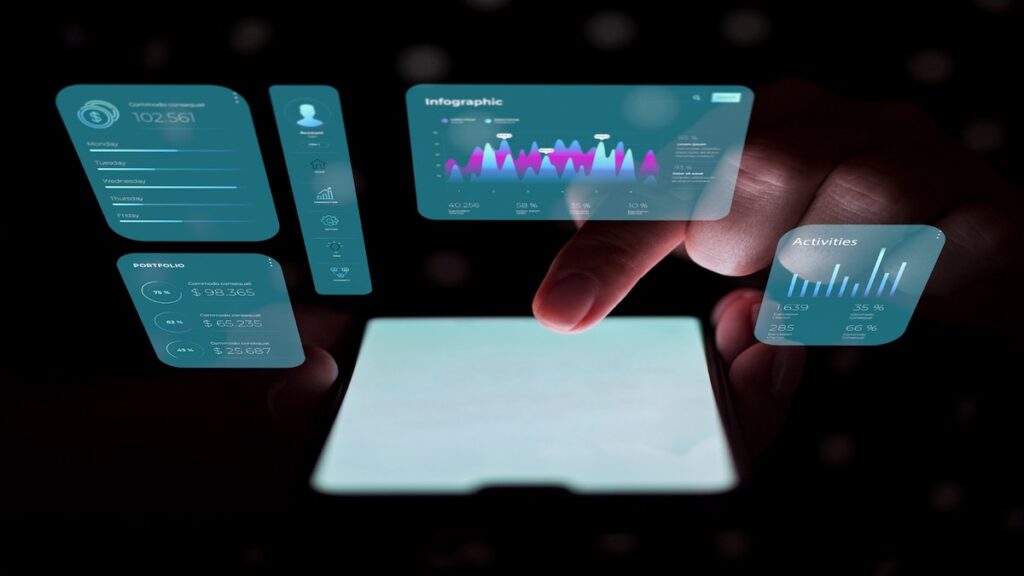Practical tips for integrating AI-driven tools into daily routines
Artificial intelligence may sound futuristic, yet plenty of AI tools are already woven into day-to-day life. Whether someone is managing a busy schedule, trying to form better habits, or simply looking to save time, AI provides simple solutions that make ordinary tasks easier. This article explores five straightforward ways people can include AI in their regular routines.
1. Voice Assistants for Hands-Free Help
Voice-activated assistants have become a familiar presence in many homes and smartphones. By saying a simple phrase, individuals can set reminders, check the weather, or even order a meal. These virtual helpers rely on AI algorithms that process speech patterns to deliver relevant, on-the-spot information.
- Why It’s Useful: Hands-free convenience and quick access to facts
- What to Look For: Devices or apps with reliable speech recognition technology
2. Smart Home Devices for Effortless Living
Smart home gadgets use AI to automate household tasks such as controlling lights, regulating room temperature, or keeping tabs on security. Some systems adjust lighting based on how often people move around the house, while others learn user preferences for temperature settings and activate the heat or air conditioning before anyone notices a change is needed.
- Why It’s Useful: Saves time and energy by automating routine household actions
- What to Look For: Compatibility with existing devices or a centralized smart hub
3. AI-Powered Email and Spam Filtering
Email inboxes can get overwhelming in no time. AI-powered spam filters and mailbox organizers sort through messages to ensure that high-priority emails remain visible while junk or promotional notes move to separate folders. Over time, these filters learn from user behavior, adapting to each person’s unique communication patterns.
- Why It’s Useful: Reduces clutter, making it easier to focus on important messages
- What to Look For: Systems that offer customizable filtering options
4. Personalized Recommendations for Entertainment and Shopping
Ever notice how a video streaming service suggests new shows or a shopping website highlights products that match recent purchases? That’s AI at work behind the scenes. By analyzing behavior and preferences, recommendation engines tailor suggestions to each individual’s taste. This approach saves time scrolling through endless options.
- Why It’s Useful: Helps discover new shows, products, or content quickly
- What to Look For: Platforms known for accurate, data-driven suggestions
5. AI-Driven Health and Wellness Apps
Health apps that rely on AI can record physical activity, track sleep patterns, and offer personalized advice on diet or exercise. Some platforms even use machine learning to analyze data, creating targeted fitness recommendations that help individuals keep motivated. This technology can also extend to mental health support, suggesting breathing exercises or mindfulness practices at the right moment.
- Why It’s Useful: Offers personalized guidance for staying active and healthy
- What to Look For: Clear data tracking, easy-to-read charts, and expert-backed recommendations
Final Thoughts
Bringing AI into everyday life doesn’t require in-depth technical knowledge or major expenses. By exploring straightforward options such as voice assistants, smart home gadgets, intuitive spam filters, personalized recommendations, and AI-focused health apps, people can streamline tasks and uncover more free time. Each of these avenues highlights how artificial intelligence refines routines to deliver ease, efficiency, and a touch of personalization—no futuristic lab required. As AI continues to evolve, so do the opportunities for individuals to enhance productivity and well-being with just a few simple steps.




